Deep within a rugged fjord in Norway, our team huddled around an enclosed metal racetrack, full of salt water, that stood about a meter off the ground on stilts. We called the hulking metal contraption our “fish run.” Inside, a salmon circled the 3-meter diameter loop, following its instincts and swimming tirelessly against the current. A stopwatch beeped, and someone yelled “Next fish!” We scooped up the swimmer to weigh it and record its health data before returning it to the school of salmon in the nearby pen. The sun was high in the sky as the team loaded the next fish into the racetrack. We kept working well into the evening, measuring hundreds of fish.
This wasn’t some bizarre fish Olympics. Rather, it was a pivotal moment in the journey of our company,
TidalX AI, which brings artificial intelligence and advanced robotics to aquaculture.
Tidal’s AI systems track the salmon and estimate their biomass. TidalX AI
Tidal emerged from
X, the Moonshot Factory at Alphabet (the parent company of Google), which seeks to create technologies that make a difference to millions if not billions of people. That was the mission that brought a handful of engineers to a fish farm near the Arctic Circle in 2018. Our team was learning how to track visible and behavioral metrics of fish to provide new insights into their health and growth and to measure the environmental impact of fish farms. And aquaculture is just our beginning: We think the modular technologies we’ve developed will prove useful in other ocean-based industries as well.
To get started, we partnered with
Mowi ASA, the largest salmon-aquaculture company in the world, to develop underwater camera and software systems for fish farms. For two weeks in 2018, our small team of Silicon Valley engineers lived and breathed salmon aquaculture, camping out in an Airbnb on a small Norwegian island and commuting to and from the fish farm in a small motorboat. We wanted to learn as much as we could about the problems and the needs of the farmers. The team arrived with laptops, cords, gadgets, and a scrappy camera prototype cobbled together from off-the-shelf parts, which eventually became our window into the underwater world.
 Mowi, the world’s largest producer of Atlantic salmon, operates this fish farm in the waters off Norway. Viken Kantarci/AFP/Getty Images
Mowi, the world’s largest producer of Atlantic salmon, operates this fish farm in the waters off Norway. Viken Kantarci/AFP/Getty Images
Still, that early trip armed us with our first 1,000 fish data points and a growing library of underwater images (since then, our datasets have grown by a factor of several million). That first data collection allowed us to meticulously train our first AI models to discern patterns invisible to the human eye. The moment of truth arrived two months later, when our demo software successfully estimated fish weights from images alone. It was a breakthrough, a validation of our vision, and yet only the first step on a multiyear journey of technology development.
Weight estimation was the first of a suite of features we…
Read full article: Google Spin-off TidalX AI Aims to Transform Aquaculture

The post “Google Spin-off TidalX AI Aims to Transform Aquaculture” by Rajesh Jadhav was published on 04/07/2025 by spectrum.ieee.org




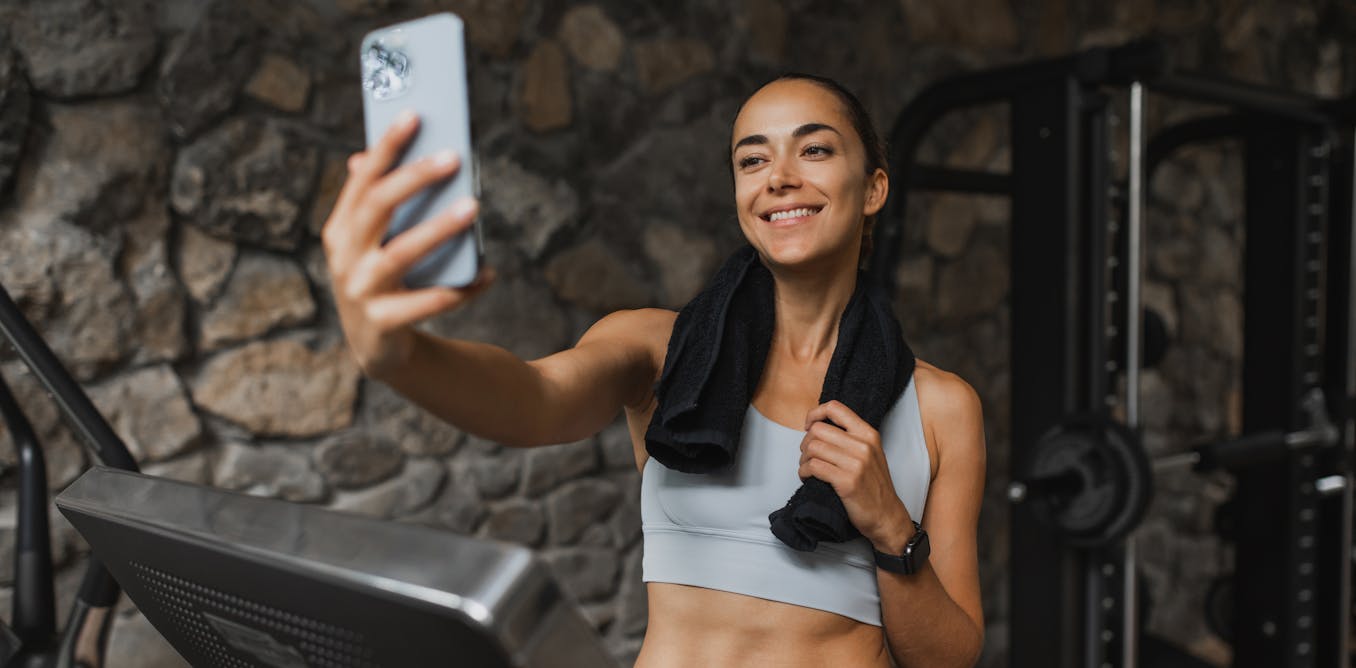


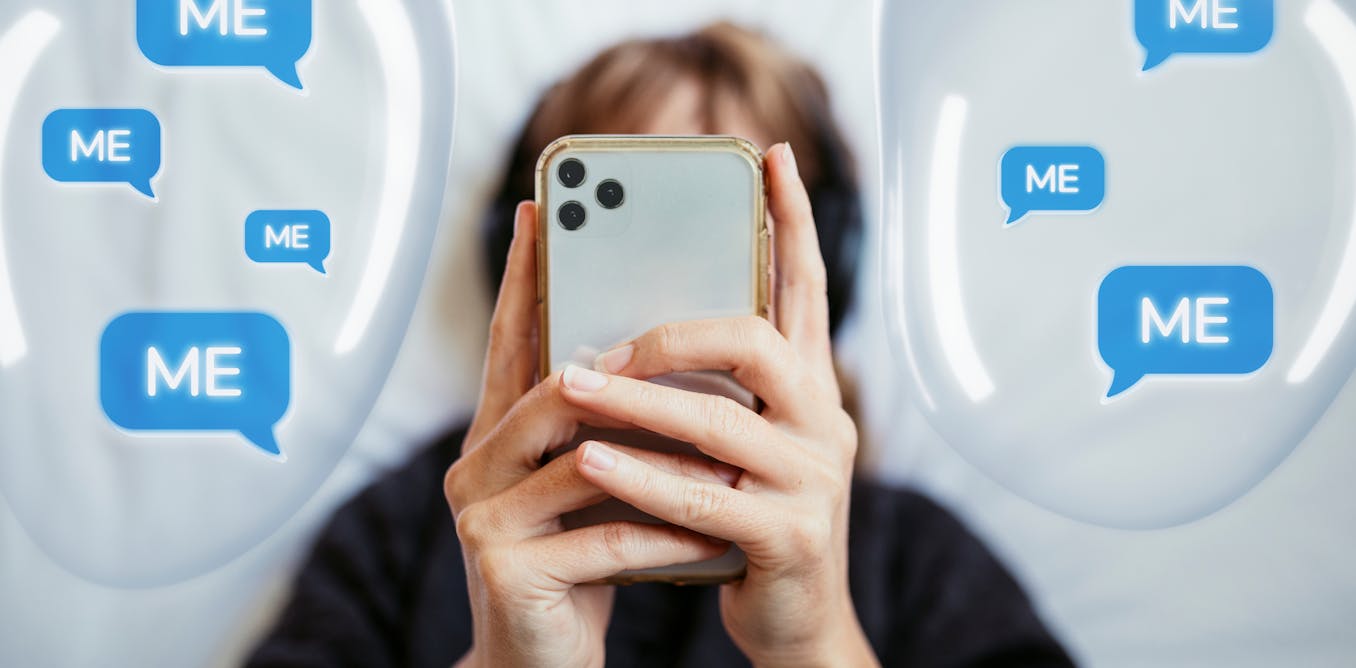
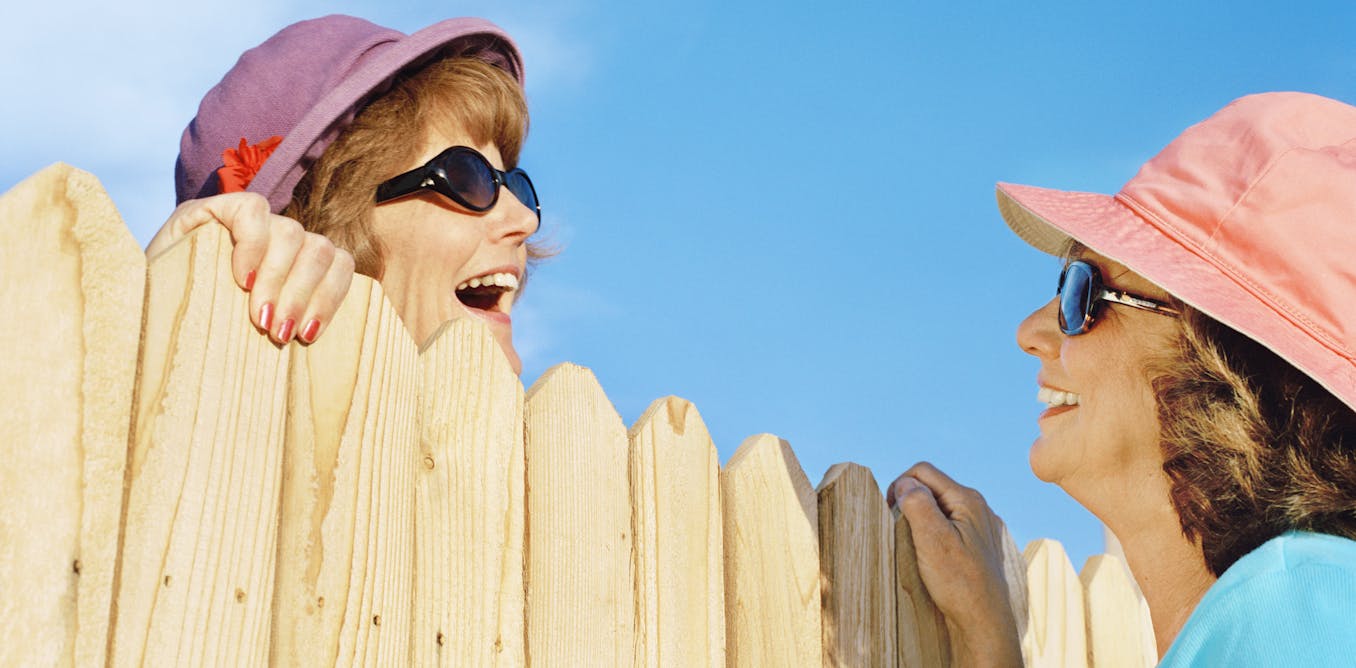
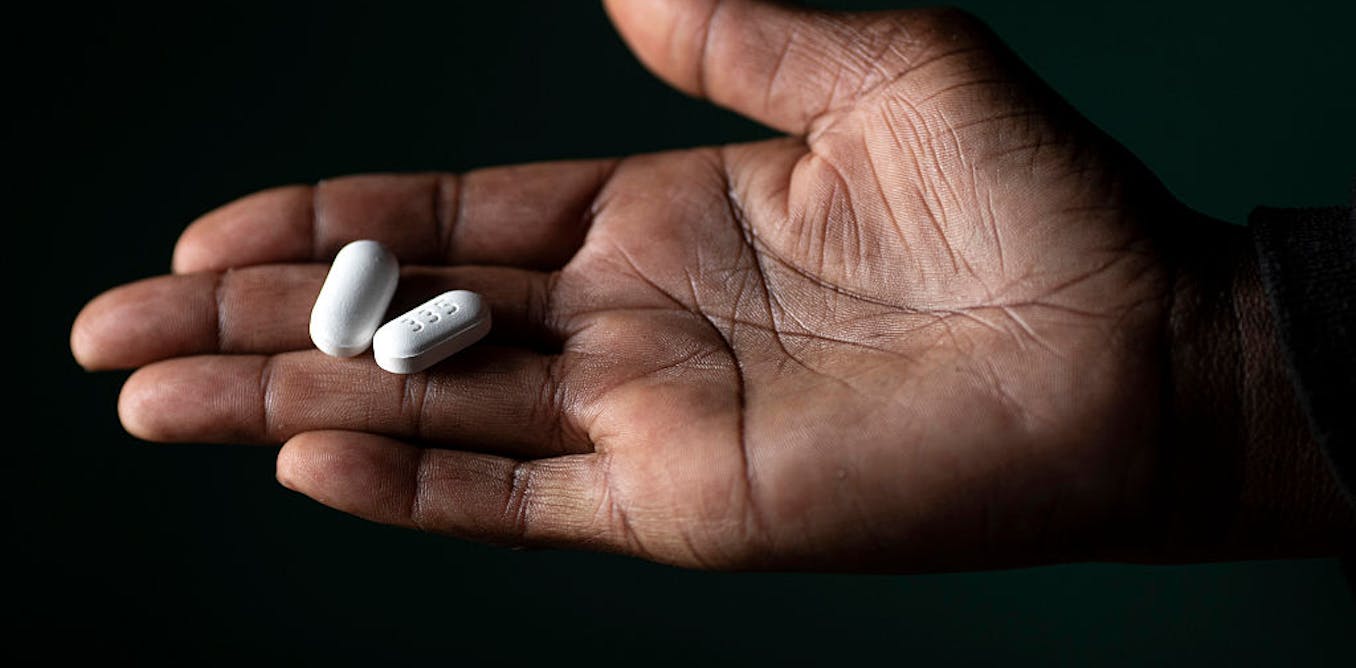
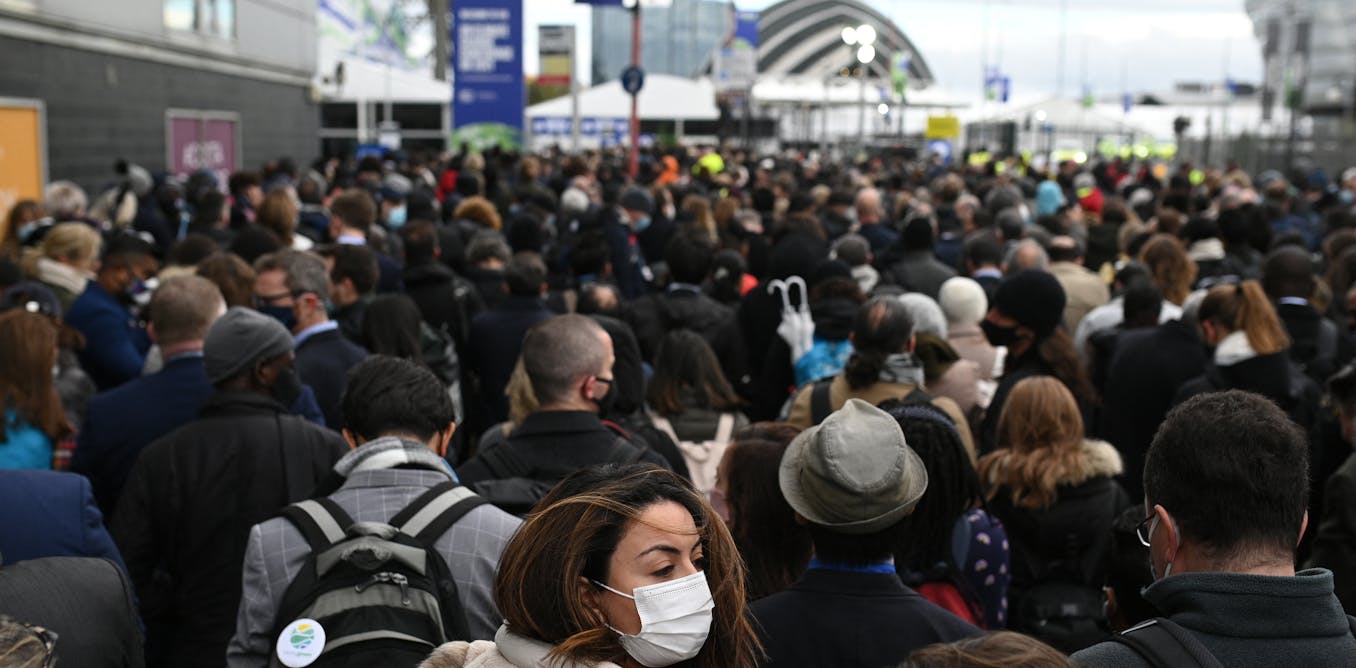
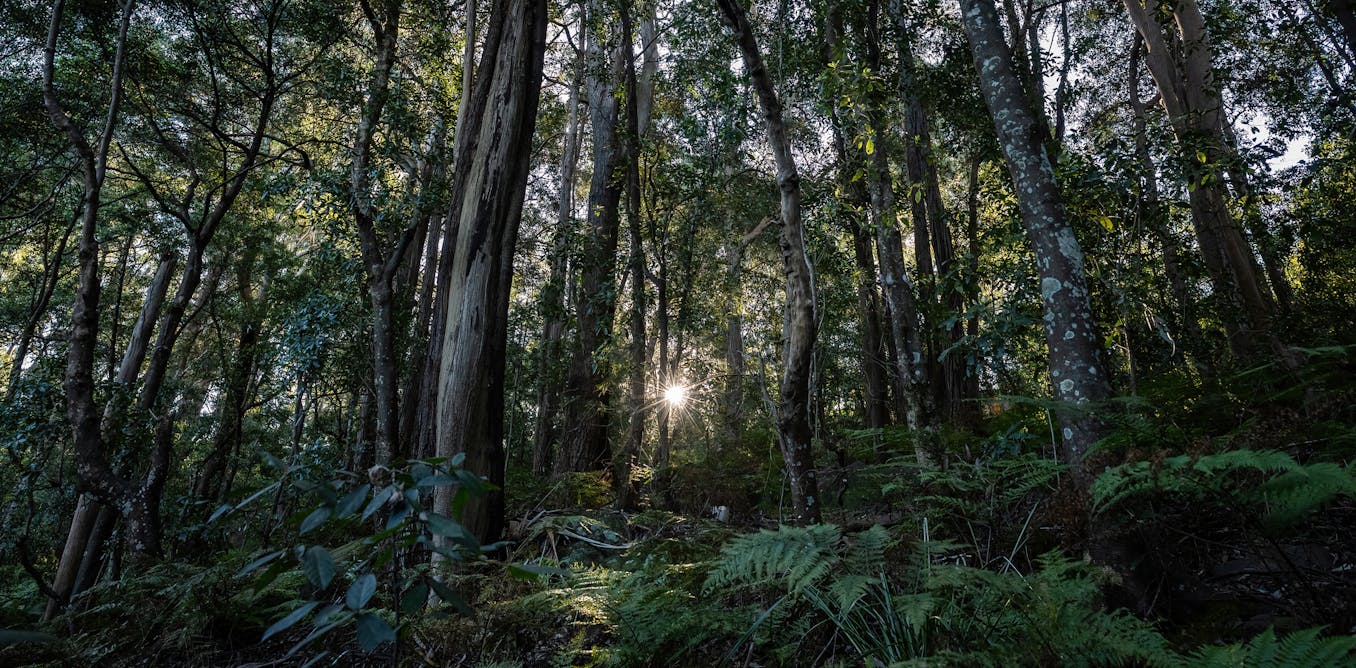

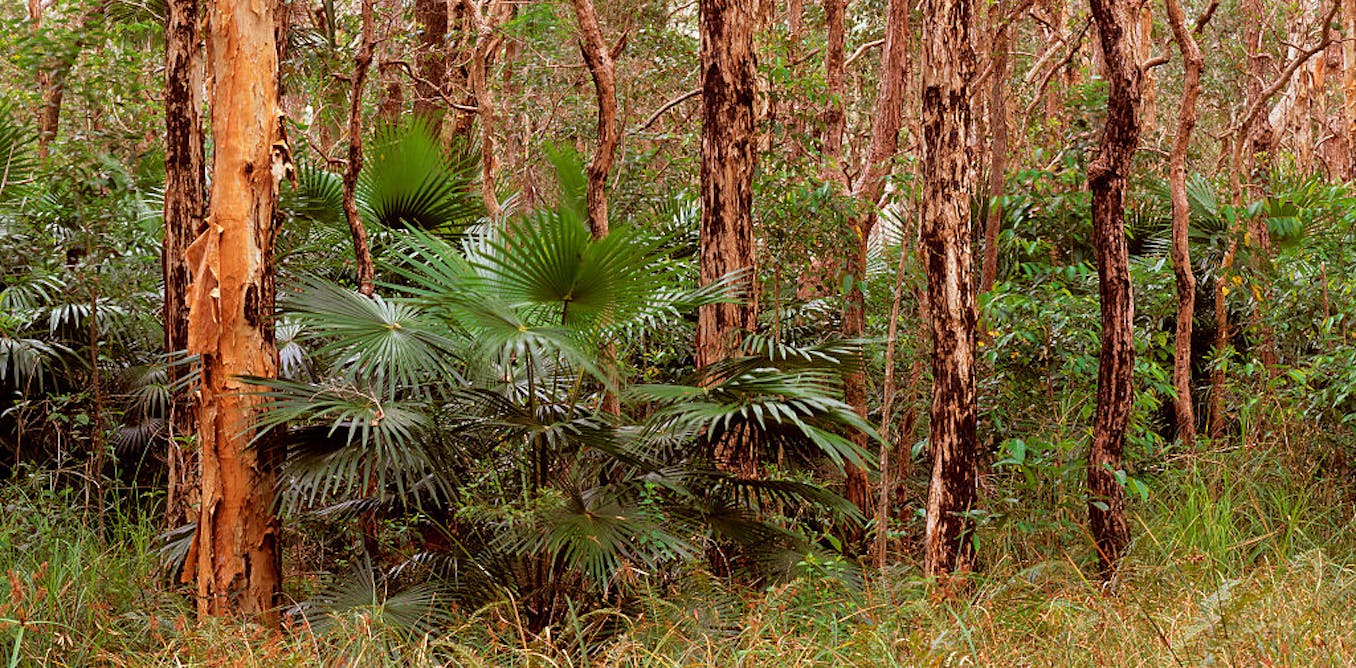


















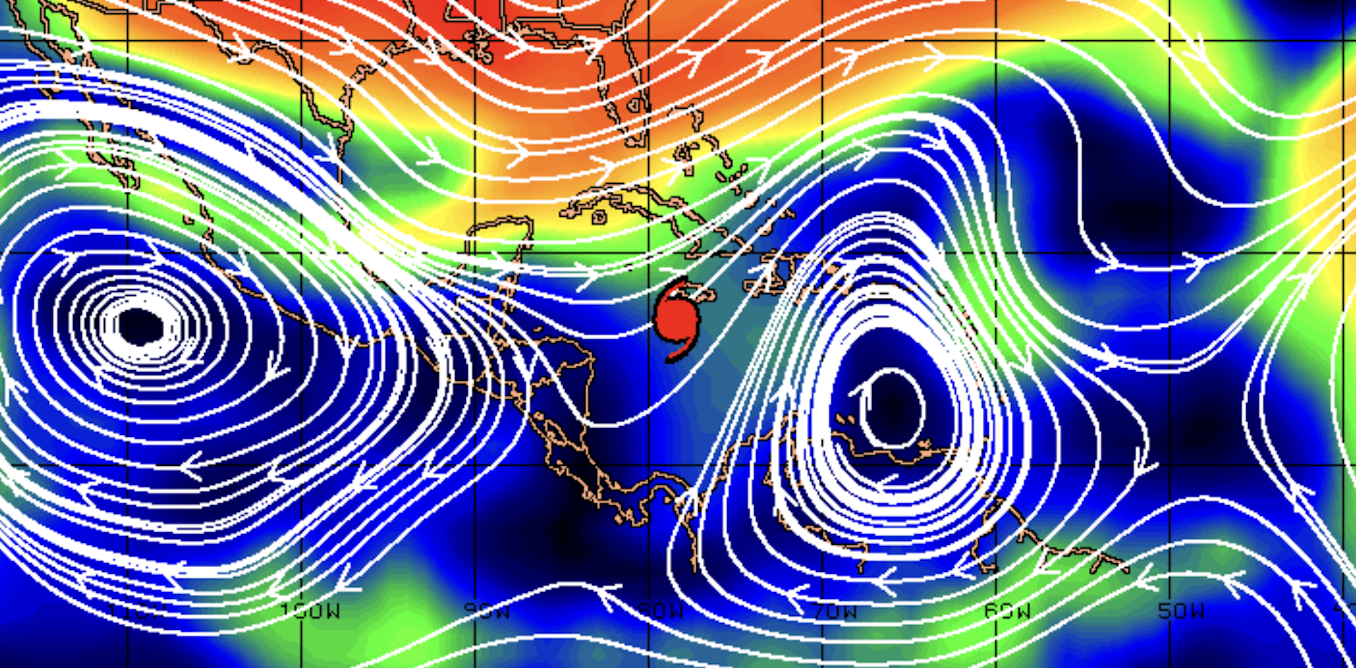



Leave a Reply